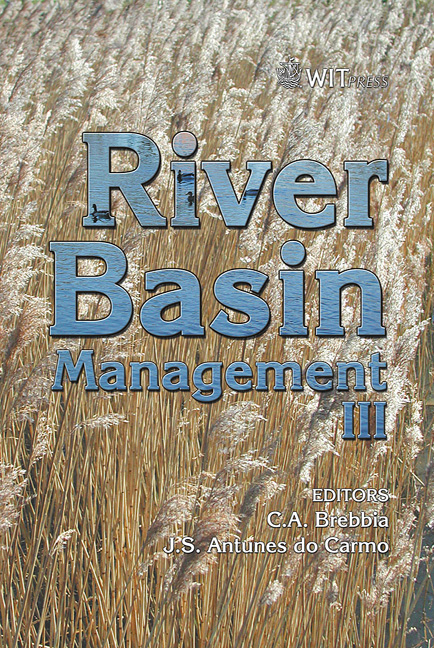Developing And Implementing Locally Led Watershed Restoration And Protection Strategies
Price
Free (open access)
Transaction
Volume
83
Pages
13
Published
2005
Size
537 kb
Paper DOI
10.2495/RM050101
Copyright
WIT Press
Author(s)
W. L. Hargrove, R. M. Wilson & D. D. Snethen
Abstract
Sustainable water resources must: 1) provide sources of water for drinking and other domestic uses, recreation opportunities, and sustainable food, fiber, and timber production; 2) support and contribute to a quality environment that includes biodiversity, clean water and air, and productive soil; and 3) minimize damage from flooding, urbanization, and industrial production. Our thesis is that the key to sustainable water resources is watershed restoration and protection strategies that are locally led and driven. Our objective is to develop and facilitate processes that encourage and support locally led watershed protection while providing the necessary science-based information, expertise, and financial assistance to achieve this outcome. Our process is nonlinear, and includes at least six aspects: 1) Local awareness and education; 2) Local engagement and leadership; 3) Watershed assessment; 4) Planning; 5) Implementation; and 6) Monitoring and evaluation. The key inputs from local communities include leadership, responsibility, management, and time and financial resources. The key inputs from universities and government agencies include science-based information, education, and technical and financial assistance. Success depends on: 1) identifying and supporting strong local leadership, 2) integrating local and \“outside” inputs, and 3) adequate resources. Necessary resources include knowledge (technical information and how to apply it), infrastructure and organization, finances, and time. Keywords: river basin planning, watershed planning, strategic planning.
Keywords
river basin planning, watershed planning, strategic planning.





